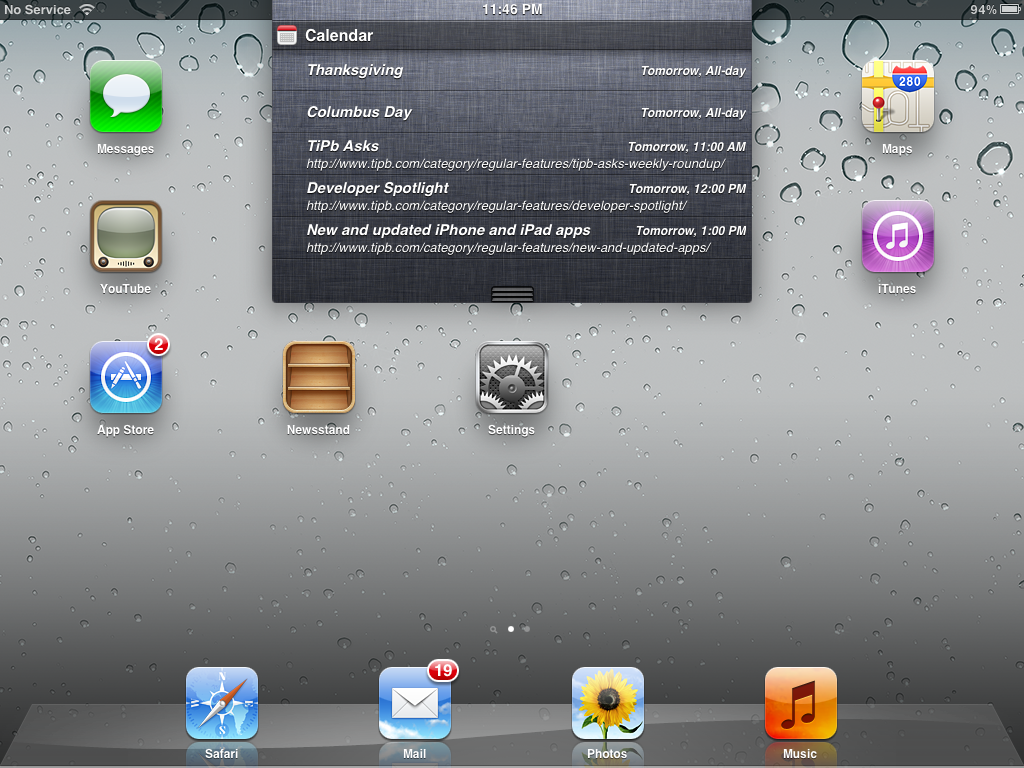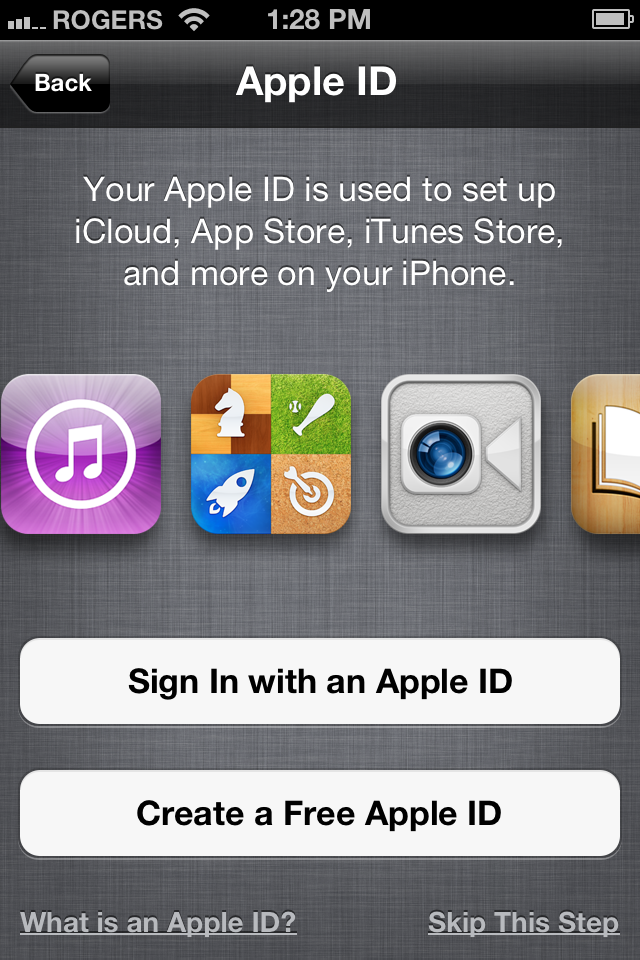Updating the iOS operating system goes almost unnoticed these days. Users can set up automatic updates, sign up for public beta testing directly in iPhone settings, or activate automatic security updates. But it wasn't always like that. Today we will remember the time when Apple finally made it easier for users to update the operating system of their iPhones.
It could be interest you

When iOS 2011 was about to be released in 5, there was a lot of speculation that it might be an OTA (Over-The-Air) update that would no longer require connecting the iPhone to a computer running iTunes. Such a move would free iPhone owners from using iTunes to get updates for their devices.
The process of updating to the latest version of the operating system has become extremely simple over the years, not just for iPhones. In the 1980s and 1990s, Mac updates came on floppy disks or later on CD-ROM. These commanded premium prices even if they were not full versions. This also meant that Apple released fewer updates due to the physical costs involved in sending out the software. In the case of iPhones and iPods, these were smaller updates, so users could download them themselves.
Still, getting the latest iOS update through iTunes has proven to be a difficult process. Android, on the other hand, offered OTA updates as early as February 2009. A fundamental change was brought by the iOS 5.0.1 operating system in 2011. This year also saw the first release of the Mac OS X Lion operating system, when Apple initially did not announce the physical distribution of the new operating system for Mac computers on CD or DVD-ROM. Users could also download the update from the Apple Store, or purchase an installation USB flash drive here.
Today, free OTA updates of operating systems for Apple devices are commonplace, but in 2011 it was a long-awaited and welcome revolution.





